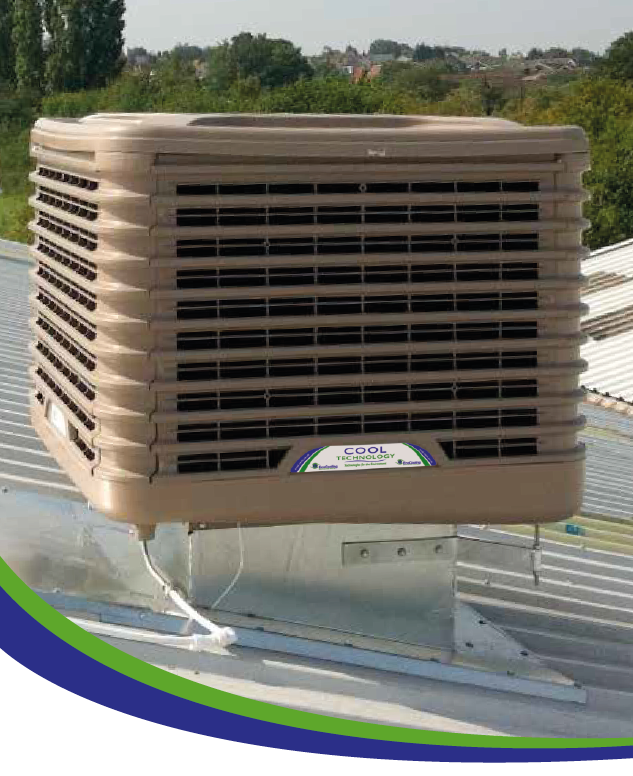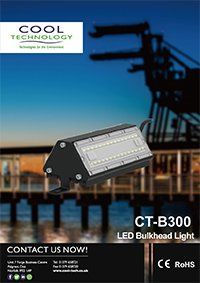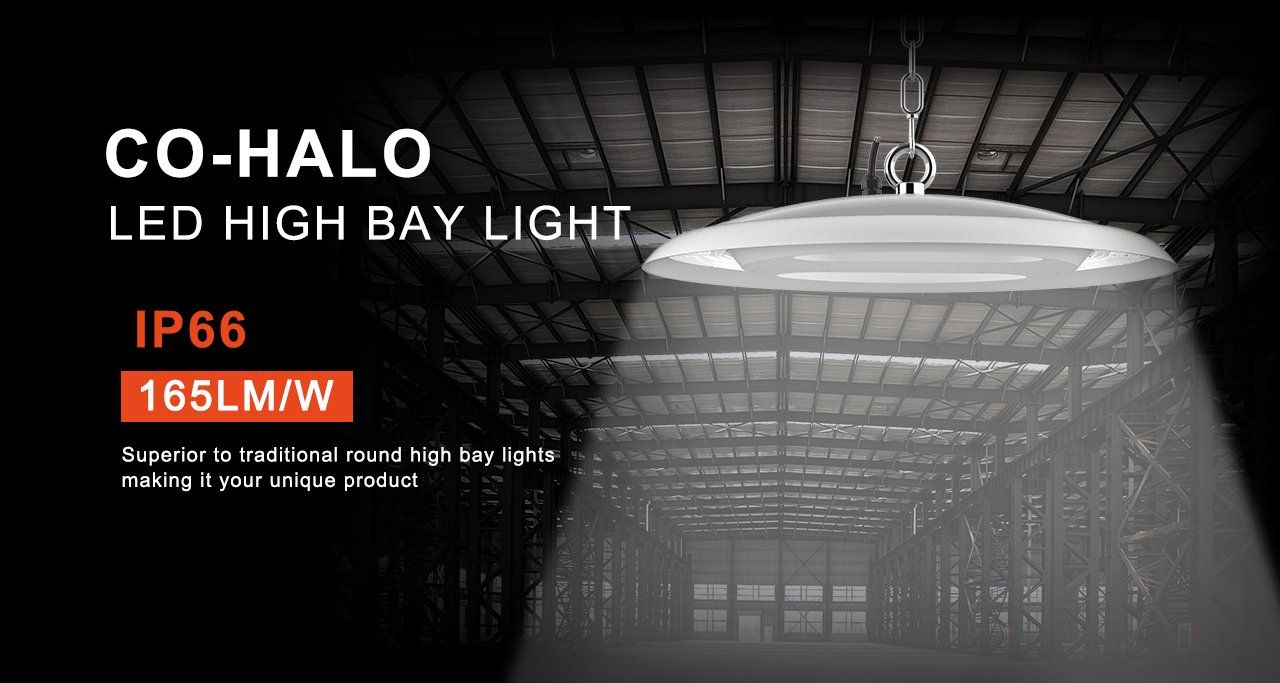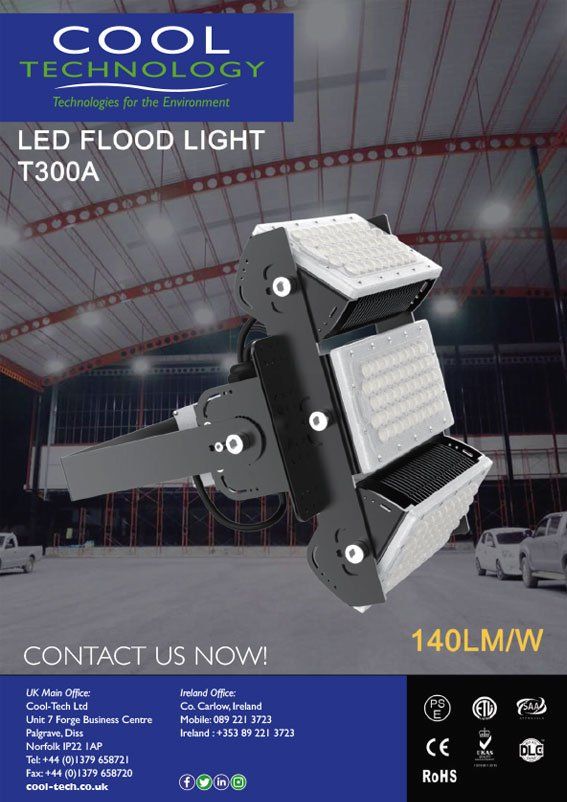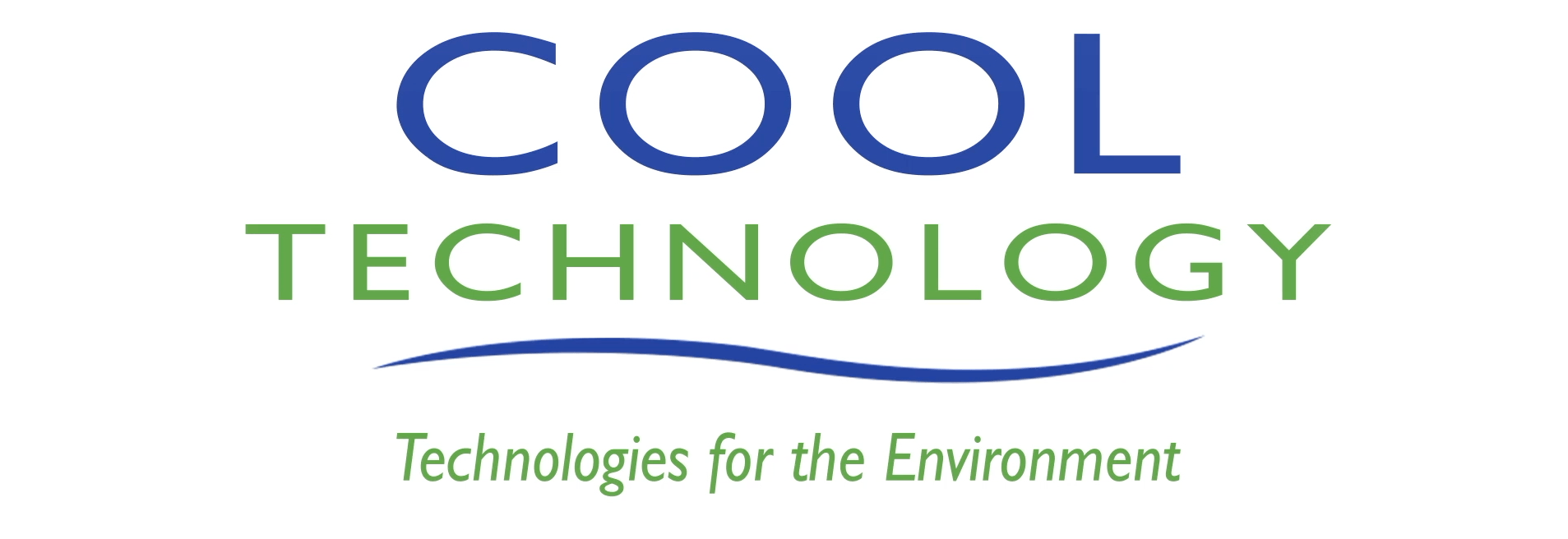Evaporative cooling transforms the education sector

Evaporative cooling is a simple, safe, natural alternative to aircon, giving organisations a dramatic reduction in cooling costs of as much as 90%. As well as cooling and ventilation for data centres, telecoms, retail, warehousing, manufacturing, sports and leisure centres, the tech is also having a big positive impact in the public sector. In this post we’ll take a look at public sector cooling for schools and universities.
Helping a UK university meet energy standards and hit carbon targets
Most public sector environments these days have energy standards and carbon regulations to meet. That’s why respected institutions like Westminster University, Leicester City Council and Aberdeen University have chosen evaporative cooling going forwards.
Evaporative cooling tech maximises energy savings, is affordable, and comes with a super-low carbon footprint. And that’s what one of the UK’s leading universities for student sport wanted for their superbly-equipped gym building.
The summer used to have a dramatic impact on the uni’s gym, which was becoming ever-more uncomfortable through the unprecedented heatwaves we’ve seen in recent years. In winter great ventilation is just as important to keep the space smelling and feeling fresh by banishing odours. CO2 being an important factor, they also wanted a system that can prevent its build-up while people are exercising.
In everyday conditions where C02 levels aren’t measured, building regulations say there has to be 10L per second of air per person entering the building, in other words more than 1000L a second in a gym designed to take 100 people. An inside temperature of 20C is required when it’s 0C outside, using up 2kW of energy on central heating to heat the incoming air.
Their evaporative cooling system minimises heating energy by constantly measuring the CO2 in the building and only bringing in fresh air when CO2 levels exceed 1000 parts per minute (ppm).
The external air is heated using a radiator system then re-circulated to keep things comfortably warm even when there are only a few people using the gym. Two long ducts distribute the air throughout the space without causing a draught, keeping the conditions consistent.
As more people enter the gym, CO2 levels rise. The fresh air unit activates when CO2 reaches 1000 ppm, mixing with hot air from outside to deliver the perfect temperature. When the air no longer needs heating, the radiator switches itself off and the hot air is taken out through fans on the wall, taking all those delightful gym smells with it. No refrigerants chemicals are needed and the system uses just 50-60W of electricity.
Cooling a Suffolk primary school
Suffolk County Council needed to handle the excessive heat in classrooms at a local primary school. The first floor rooms got so hot they couldn’t be used on summer afternoons, thanks to enormous solar gain combined with the natural build-up of latent heat. Instead, the children took their lessons outdoors on the playing field.
An evaporative cooling system turned out to be the best solution so the school fitted ceiling diffusers through the void in the ceilings to send in large amounts of fresh, filtered, cooled outside external air. The result is a lovely, comfy environment for the kids and teachers.
Open windows provide a way to naturally extract the used air and replace it with a continual pressurised supply of cold fresh air. While the rooms’ temperature used to easily hit 35 to 40C on a hot day, now they stay at a pleasant 22 to 25C.
The school can either use manual operation, with five fan speeds to choose from and the option to pick either pure ventilation or evaporative cooling, or automatic operation. When the system is switched to automatic a combined thermostat and humidistat creates and maintains the set temperature.
Most of the time a setting of 2 or 3 is perfect, with the cooling element of the system only needed in summer. Because the tech’s efficiency exceeded what was actually needed, the evaporative cooling system installers added an inline damper and a second duct feed to send lovely fresh air to the ground floor classrooms as well, an extra bonus for the school.
Whether you’re in charge of a public or private sector organisation’s cooling and ventilation, we’ll be delighted to quote you on a system that’ll suit your needs perfectly.

